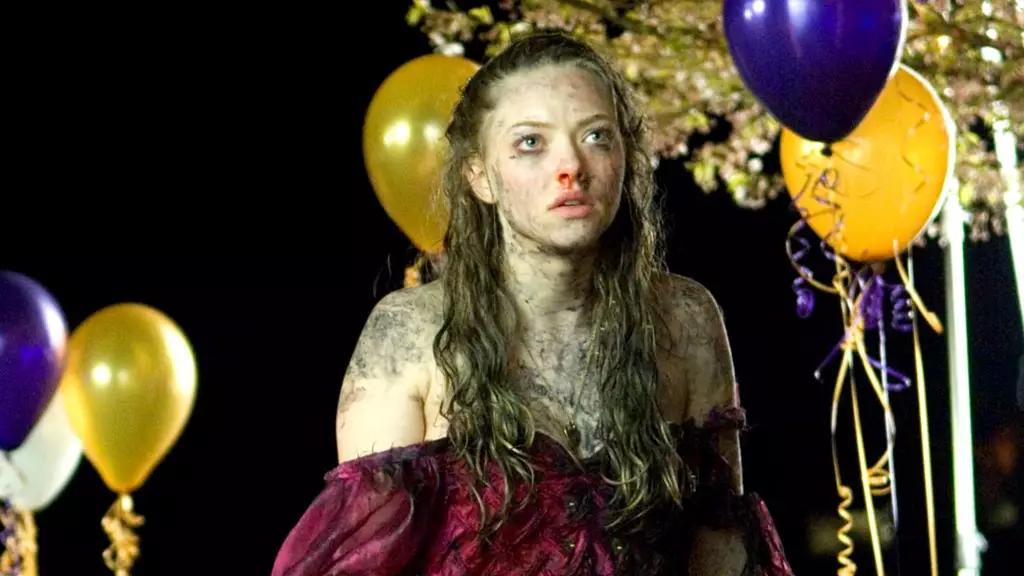The cultural impact of “Jennifer’s Body” has grown significantly since its release in 2009. Initially dismissed by critics and audiences alike, Amanda Seyfried’s recent reflections on the film reveal a rich narrative that transcends the superficial horror-comedy genre. Seyfried’s admiration speaks loudly of the potential and the untapped depth of the film, especially in light of its ongoing resurrection discussions. With rumors of a sequel bubbling up, it’s crucial to dissect what made the original resonate and why its mis-marketing has been a point of contention.
Misguided Marketing: A Disservice to Art
Seyfried’s response to the film’s marketing strategies encapsulates a common concern among creators whose works are undermined by inadequate promotional strategies. The marketing team focused heavily on sexualizing Megan Fox, aiming to lure in a male demographic that was perhaps not the intended audience for a narrative driven by female empowerment and camaraderie. This misalignment not only diluted the film’s message but ultimately obscured its artistic merit. It’s baffling how a film that captures the essence of friendship and the nuances of femininity was misrepresented as mere exploitative horror. Seyfried’s remarks indicate a broader conversation about how marketing can ruin or enhance a film’s legacy, particularly one as layered as “Jennifer’s Body.”
Feminism Wrapped in Horror
The film cleverly blends horror with feminist themes, showcasing the struggles that young women endure. Seyfried’s character Needy embodies the awkwardness and insecurities associated with adolescence, and Fox’s portrayal of Jennifer offers a jarring commentary on female sexuality—one that celebrates empowerment rather than objectification. Seyfried’s insistence that the film is “perfect” speaks to the unyielding resonance it has with its intended female audience. The way the narrative explores female relationships, jealousy, and societal expectations is what has cemented its status as a feminist cult classic.
The Call for Resurrection
With Seyfried and writer Diablo Cody both expressing interest in a sequel, the potential for “Jennifer’s Body” to evolve is tantalizing. The idea of resurrecting Jennifer after her gruesome end poses intriguing questions about life, death, and agency. Could a sequel delve into a story that redefines resurrection not only of a character but also of the film’s narrative itself—allowing for a fresh take that aligns more closely with its original, complex themes? The synergy between Cody’s razor-sharp writing and Karyn Kusama’s direction deserves another chance to thrive—not under the shadow of poor marketing but in a way that uplifts the voices and experiences of women.
Moreover, the burgeoning cult following of “Jennifer’s Body” signifies a cultural shift in how we view female protagonists. The buzz around a potential sequel signals a desire for more narratives that embrace the chaotic and sometimes brutal realities of womanhood. The film’s emergence as a cult classic is an important reminder that even works initially deemed failures can evolve into significant cultural commentaries. By revitalizing “Jennifer’s Body,” there is an opportunity to unleash a powerful feminist narrative that resonates with new generations, pushing boundaries unlike ever before.

